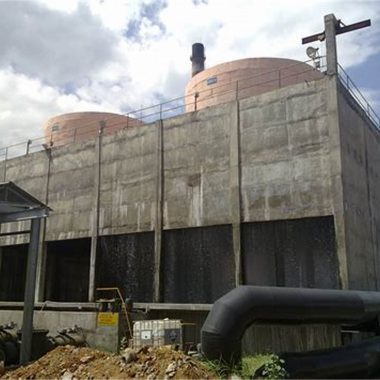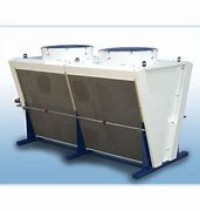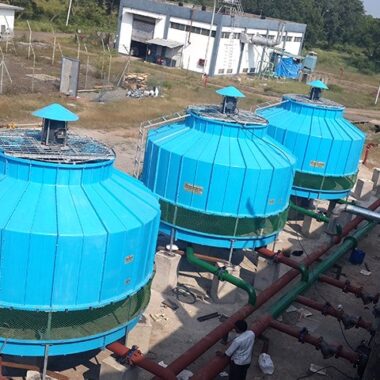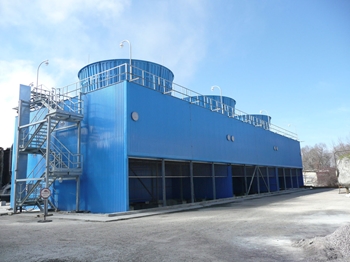DRY BULB COOLING TOWER
DRY BULB COOLING TOWER
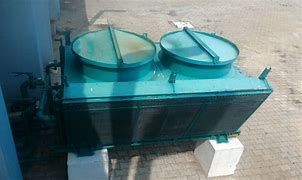
DRY BULB COOLING TOWER
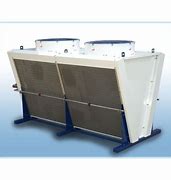
Typically, cooling towers are designed to cool a specified maximum flowrate of water from one temperature to another at an exact wet bulb temperature. For example, a designed tower may be guaranteed to cool 10,000 gpm of water from 95°F to 80°F at 75°F wet bulb temperature. In this case, the range is 15°F and the approach is 5°F. o reduce the temperature of water to the lowest practicable point. Pressed on the topic, however, most could not explain how the ambient temperatures and humidity affect the performance of the tower. If the temperature was 70°F outside, the average operator might tell you that they would expect their CT to put out 70°F water. But is this always true? Is the tower operating efficiently?
Two important (and often misunderstood) factors that describe cooling tower performance are range and approach. To understand these terms, one must understand the difference between “dry bulb temperature” and “wet bulb temperature.”
A typical outdoor thermometer is showing you what is referred to as the “dry bulb temperature.” It does not take into account the relative humidity in the air. Relative humidity is an expression of how much moisture is actually in the air compared to how much there could be at this temperature. If the humidity is 100%, the air is completely saturated with water and no evaporation is possible. This means that neither your facility’s cooling tower nor your body perspiring will enjoy the effects of evaporative cooling. You will just sit there and sweat and your cooling tower will underperform one located in lower humidity at the same temperature.
To measure the effects of both the temperature and humidity together, we use a psychometric chart. These charts combine the effects of humidity and temperature to calculate the “wet bulb temperature.” The wet bulb temperature describes the effects of evaporative cooling on both your body and on cooling towers. Using these charts, it is easy to see how a 95°F/30% humidity day in Phoenix can feel downright comfortable, while the 80°F/70% day in Atlanta is uncomfortable – you just don’t get the same evaporative cooling effect in Atlanta. This is why most facilities measure ambient temperature and humidity.


